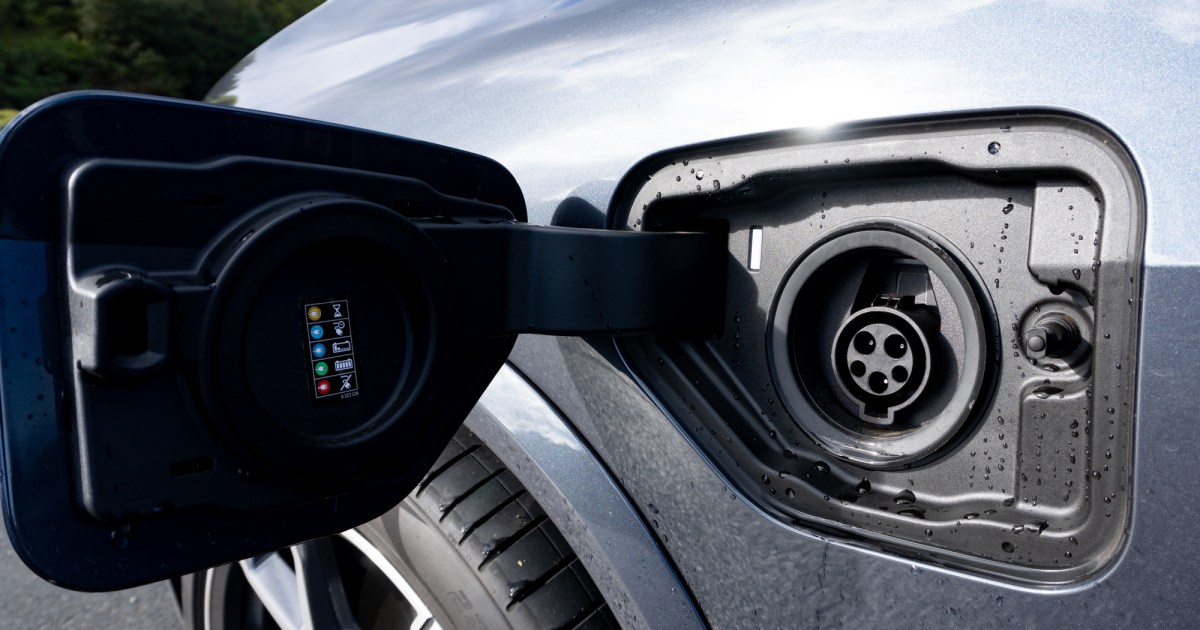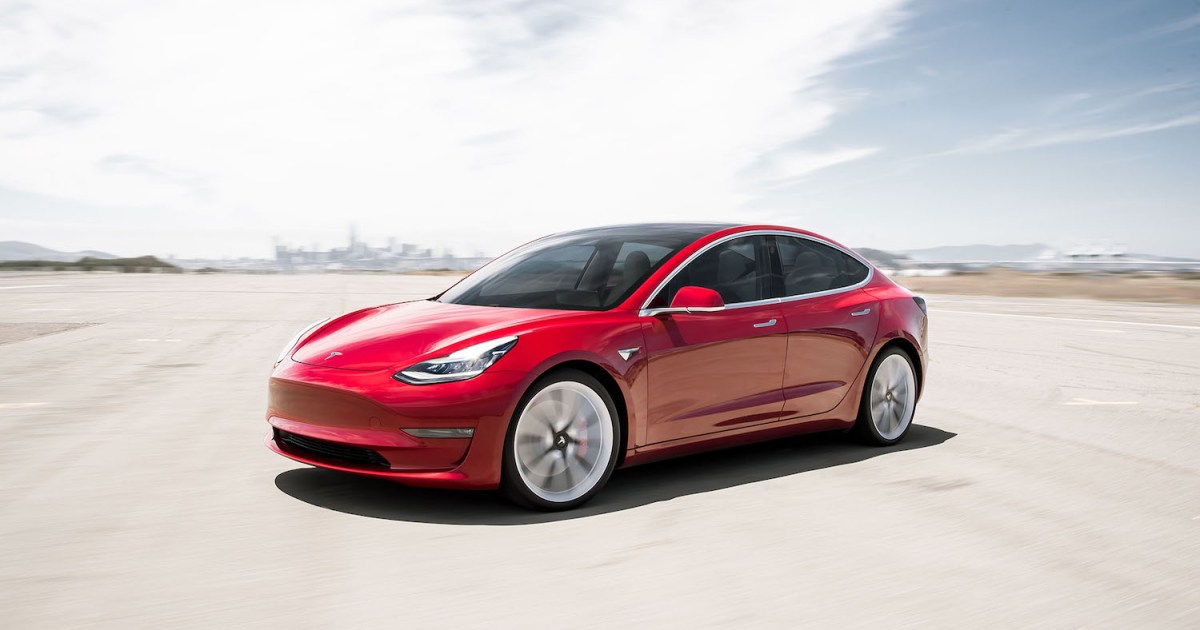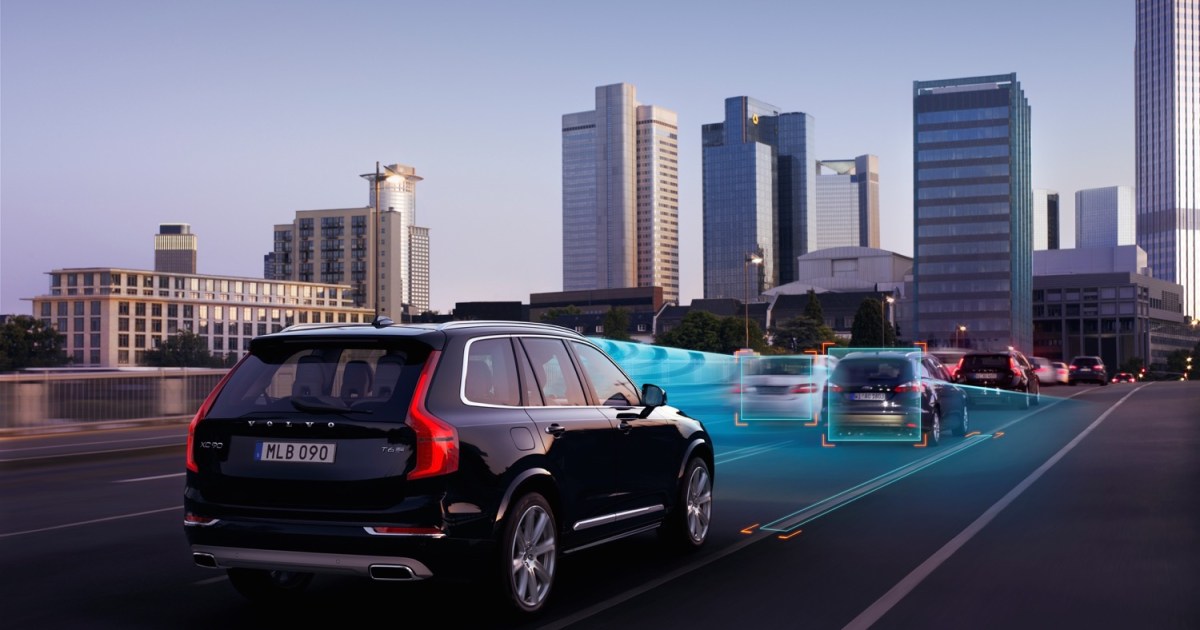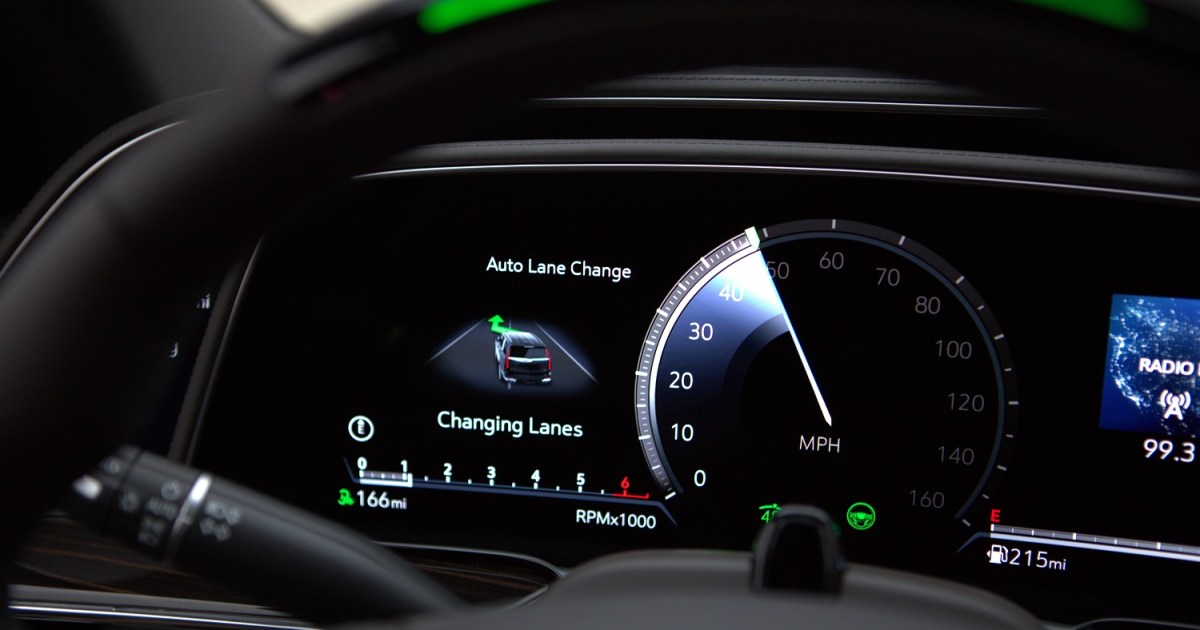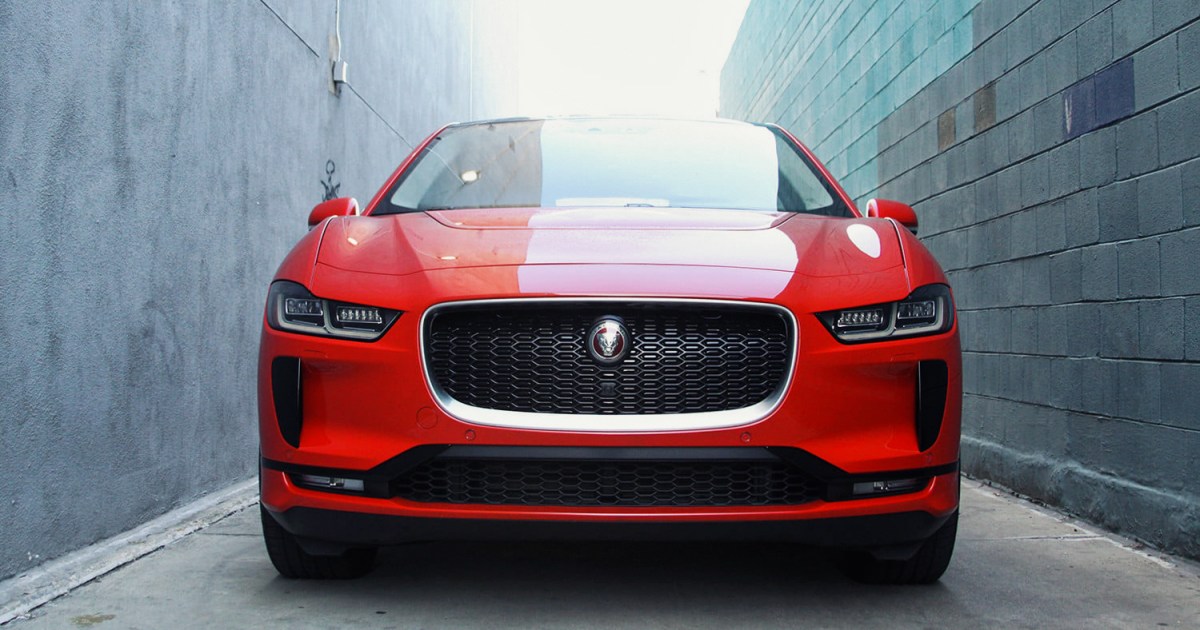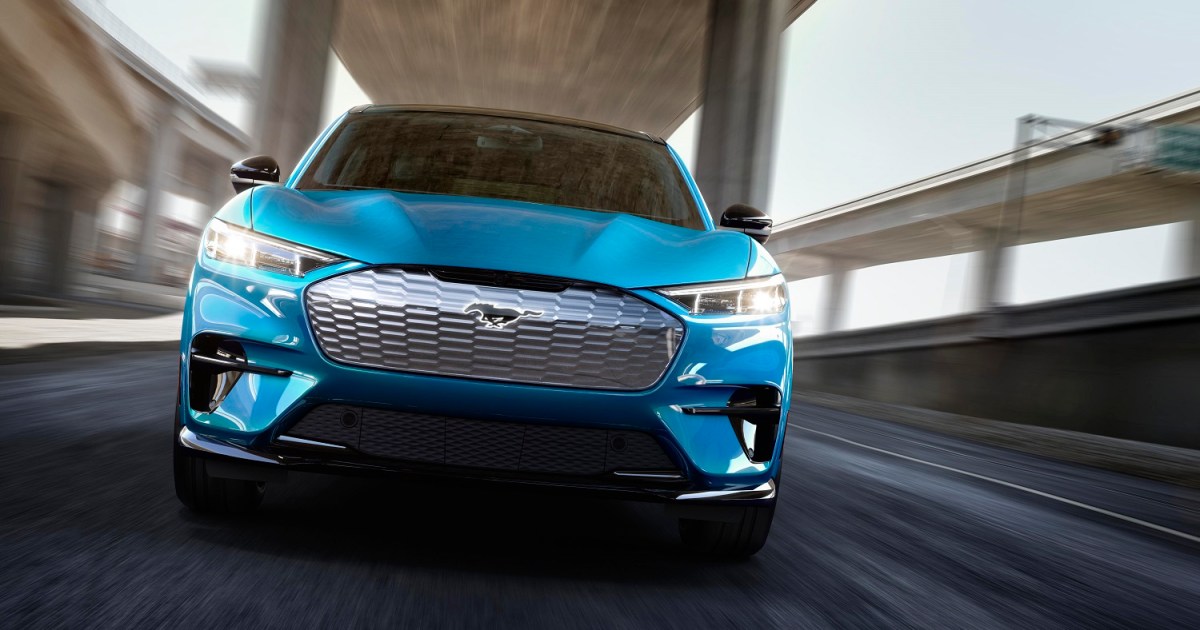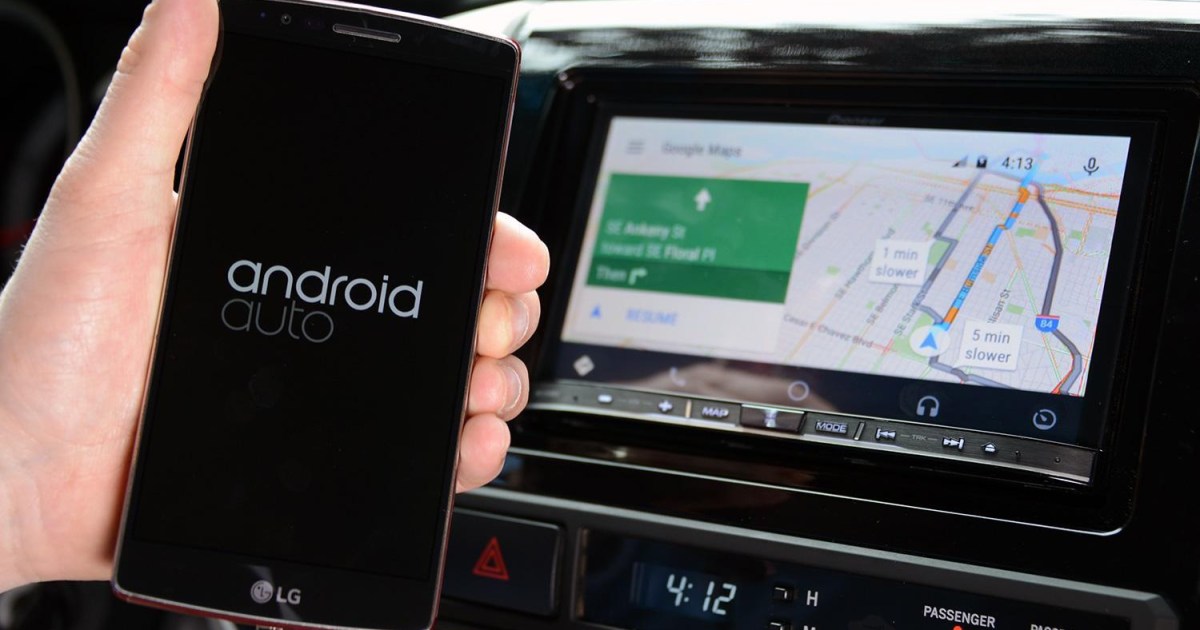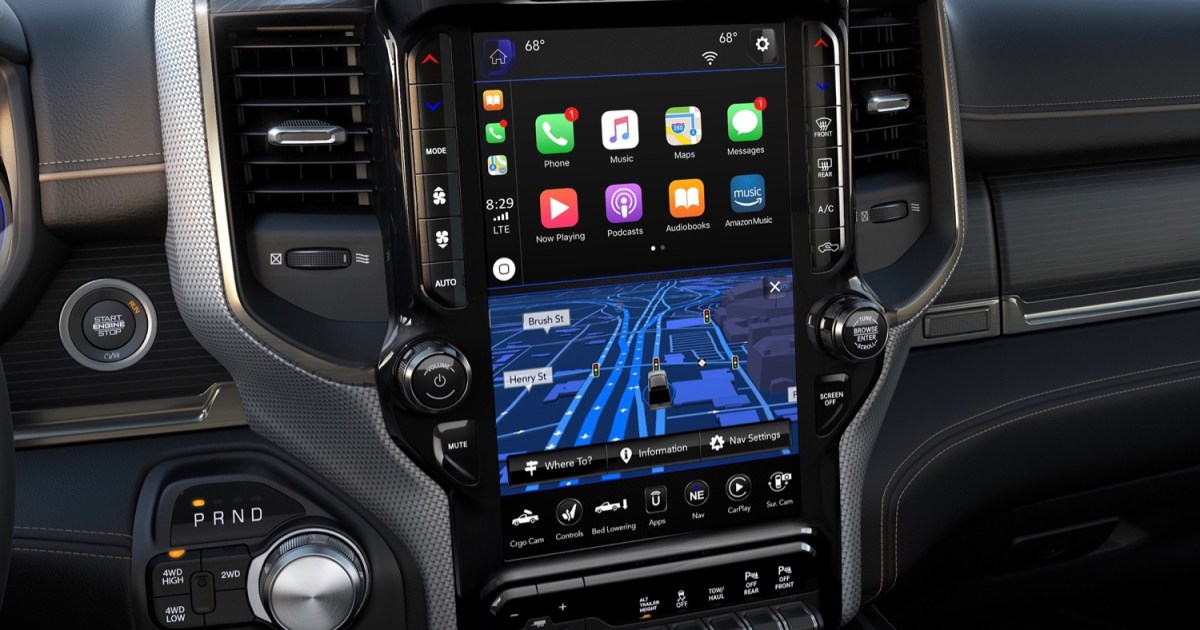When choosing your next car, the electric vehicle (EV) landscape can seem overwhelming. Beyond fully electric cars, there are hybrids, plug-in hybrids, extended-range electric vehicles, and even fuel cell electric vehicles. This article clarifies the key distinctions between electric vehicles, hybrids, and plug-in hybrids—options that often blend established and emerging technologies, offering practicality, affordability, and improved efficiency compared to traditional gasoline cars.
What is an Electric Vehicle (EV)?
An electric vehicle replaces the traditional internal combustion engine with an electric motor, eliminating the need for gasoline. EVs are powered by a battery that requires regular charging at home or public charging stations like Tesla Superchargers. Popular examples of modern EVs include the Ford Mach-E, Kia EV6, and Rivian R1S.
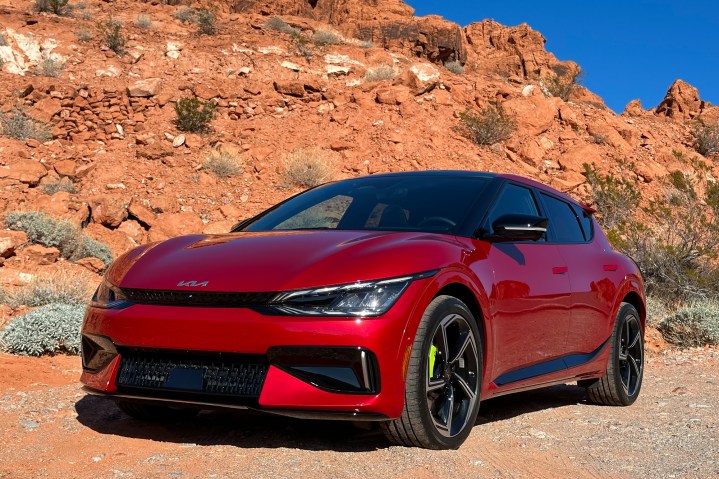 Front three-quarters view of a 2023 Kia EV6 GT in a desert setting.
Front three-quarters view of a 2023 Kia EV6 GT in a desert setting.
An electric motor operates using a rotating magnetic field. Within the motor, three electromagnets surround a rotor. The rotor spins based on the magnetic attraction, generating power to turn the car’s wheels. Regenerative braking reverses this process, converting the car’s motion into electricity to recharge the battery while slowing down. For a more in-depth understanding, explore the mechanics of how electric vehicles function.
Hybrid vs. Plug-in Hybrid: Key Distinctions
The primary difference lies in the primary power source: hybrids mainly use gasoline with electric assist, while plug-in hybrids primarily use electricity with gasoline as a backup.
Hybrid Electric Vehicles (HEVs)
Hybrids derive all their energy from gasoline. They never need to be plugged in. Instead, they convert some gasoline energy into electricity for greater efficiency. A typical HEV charges its battery through regenerative braking. This captures energy normally lost during braking in conventional cars. This stored electricity powers the car at low speeds, such as in parking lots, or assists with acceleration. The Toyota Prius remains the most recognizable hybrid, but many other models are available, like the Kia Sportage Hybrid.
Plug-in Hybrid Electric Vehicles (PHEVs)
Unlike HEVs, plug-in hybrids can be charged from an electrical outlet and generally rely on this charge for daily driving. PHEVs offer a significantly greater electric-only range than HEVs. For instance, the Toyota Rav4 Prime can travel up to 42 miles on electric power before the gasoline engine engages. There are several ways the internal combustion engine (ICE) and electric motor can work together in a PHEV.
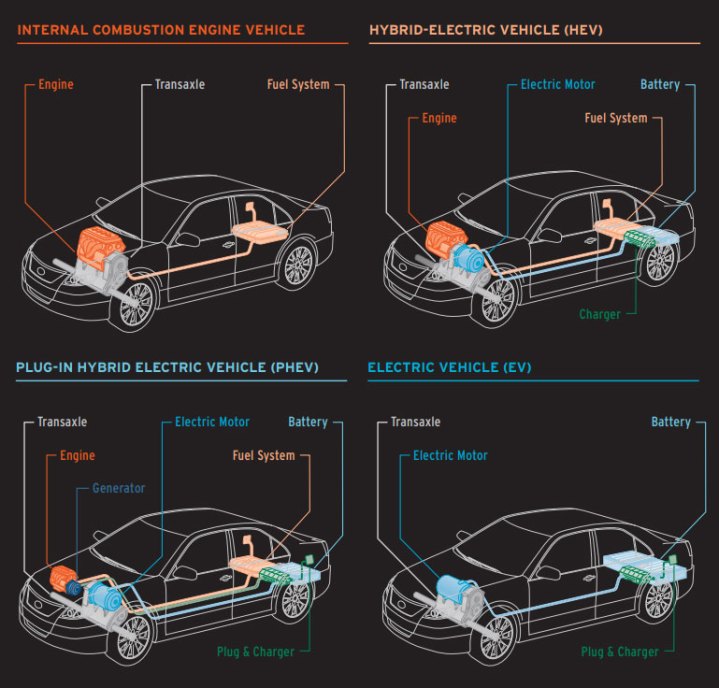 A diagram illustrating the difference between hybrid vehicles.
A diagram illustrating the difference between hybrid vehicles.
-
Series Drivetrain: The engine charges the battery pack, which then powers the electric motor to drive the wheels. This configuration usually features smaller, efficient gas engines and larger batteries, making it suitable for urban driving with frequent stops and starts.
-
Parallel Drivetrain: Both the electric motor and the ICE can power the wheels independently. The car’s computer determines which power source to use based on driving conditions. The electric motor provides instant torque, while the gas engine handles sustained highway driving.
-
Series-Parallel Drivetrain: This system combines both gas and electric power simultaneously. Typically, electric power is used at lower speeds for quick acceleration, with the gas engine supplementing power at higher speeds. This setup is more complex and expensive than the other two hybrid systems.
Conclusion: Choosing the Right Electrified Vehicle
While EVs are gaining popularity, both hybrids and plug-in hybrids remain excellent choices for many drivers, particularly those concerned about range limitations. Some drivers even prefer PHEVs to fully electric vehicles. For further clarification, explore our comparison of electric and electrified vehicles.



